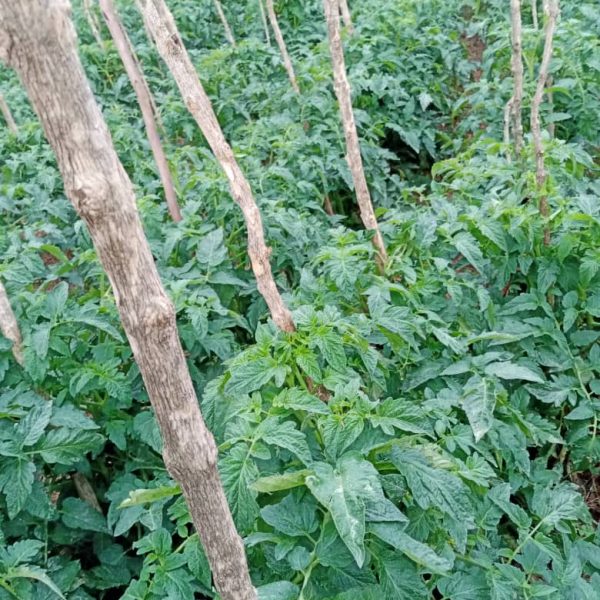Community Gardens
Community Gardens
Community gardens fall under the umbrella of ecological organic agriculture regarded as a leading sector promoting healthy eating and physical activity, improving mental health and building social connections. With its many advantages, we consider community gardening a “superfood” of activity.
One of the most obvious benefits of community gardens is that they increase access to healthy foods. In fact, adults who participate in community gardening eat more fruits and vegetables than those who don’t garden.
By growing their own produce, gardeners can specifically plant foods that they like to eat as opposed to being restricted to what’s available in grocery stores.
This is especially important in low-income neighborhoods where access to fresh fruits and vegetables may be limited.
Depending on the task, gardening can be a low- to moderate-aintensity activity that helps meet the ministry of health recommendation for 150 minutes of physical activity each week.
In addition to physical health benefits, community gardens help improve mental health and social connections. Studies have shown that gardening reduces stress and anxiety and promotes a sense of well-being. Community gardening, in particular, can decrease feelings of isolation and boost self-esteem. These gardens provide a space for people to connect with others and to work collaboratively. This is especially important for people who may be isolated or have limited social networks.
Food insecurity, or the limited access to nutritionally adequate food, affects an average of 11.3% in adults and 53% of children under five suffering from stunting (the highest rate in the world), 8% from wasting, and 59% from anemia. Community gardens are an important tool to seasonally reduce food insecurity concerns up to 90% in impacted communities taking into consideration the prevalence of malnutrition in children, pregnant and breastfeeding women.

Community gardens also promote physical activity. Gardening is a whole-body activity that can burn the same number of calories as a traditional workout. Plus you get the added benefit of time spent in nature! Typical gardening tasks like digging, raking, lifting and squatting are excellent at burning calories, strengthening muscles and increasing physical fitness.
Implementation Process
Assess the needs
Reach interested people
Profile of future gardeners
Ecological inclination
It can be very useful to check if there are other community gardens in your municipality or the surrounding area. You can obtain a variety of relevant information from the managers of these gardens: number of plots, clientele, equipment, operations, waiting lists, operational difficulties, and support offered by the municipality. Visiting one or more community gardens is an important preparatory step. These visits provide a better understanding of the organizational aspects of such a project.
Municipal involvement
Embracing suitable field techniques
Plant Selection: Due to limited space, we advise to choose vegetables that growing within 2 or 3 months and those that are hardest to find on the market. This is a way to increase your garden's profitability.
Tillage: Digging the soil with a rake, walking on freshly loosened soil, and digging paths too deep are common mistakes new gardeners make. To properly till the soil, we determine whether it's clayey or sandy.
Organic Fertilization Application: Soil testing and liming are often overlooked. Test results assess soil fertility and indicate what corrections need to be made to achieve adequate acidity levels and provide the nutrients needed for plant growth and fertility maintenance. Without proper fertilization, a plot's soil can deteriorate after only two gardening seasons.
Maintenance: We recommend a minimum of one visit per week, which is essential for maintaining weed control, watering, harvesting, and detecting pest and disease problems.